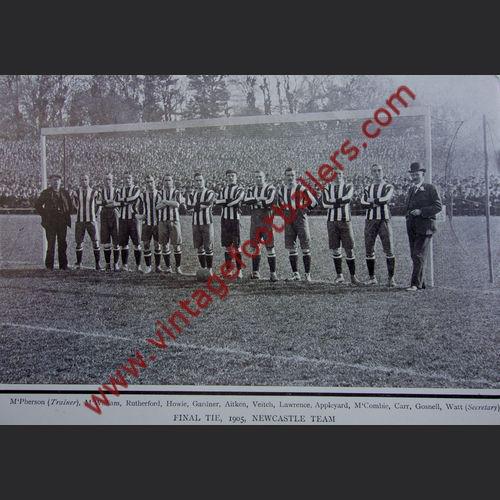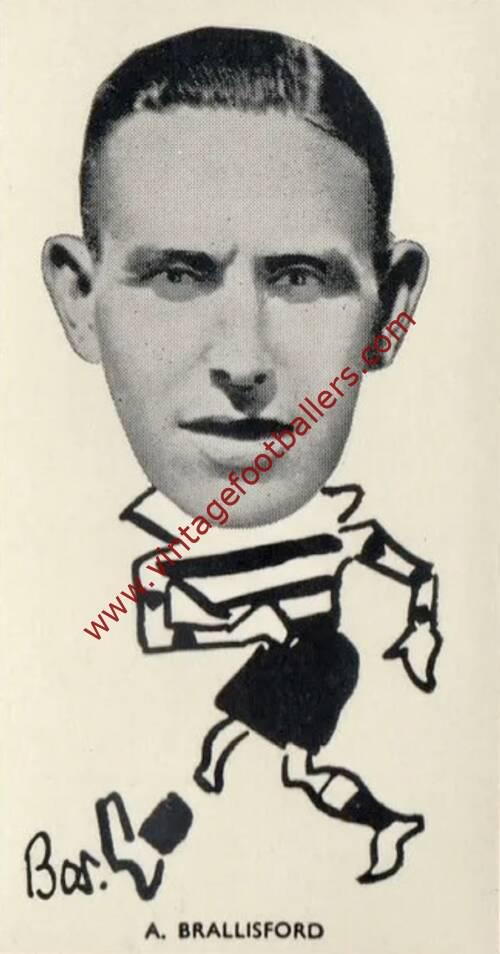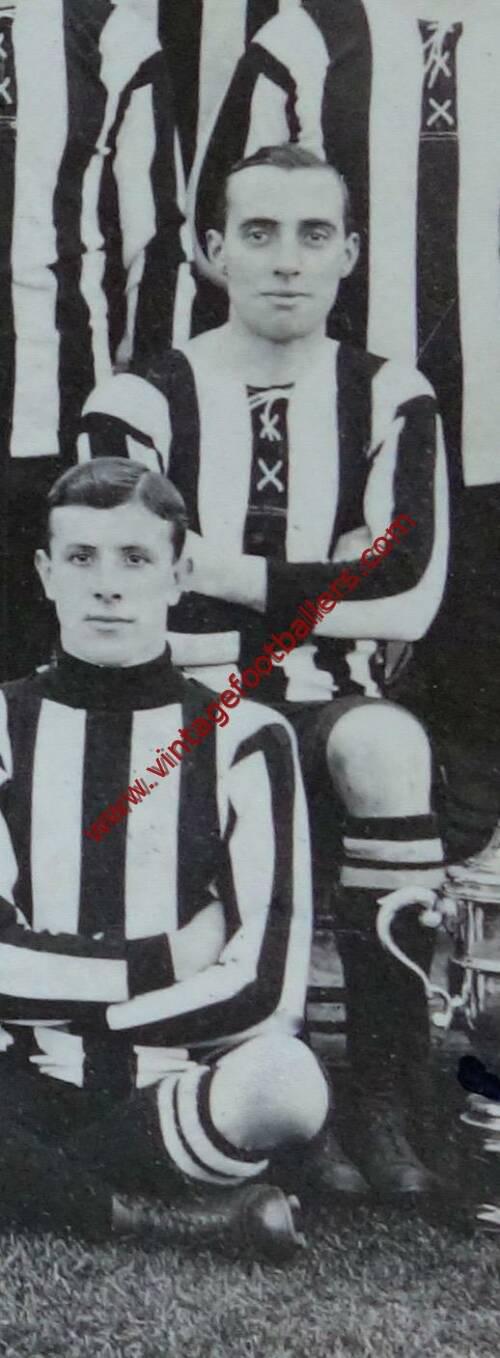Please choose your photo size from the drop down menu below.
If you wish your photo to be framed please select Yes.
Note: 16″x 20″not available in a frame.
Images can also be added to accessories. To order please follow these links
£8.95 – £49.95
Please choose your photo size from the drop down menu below.
If you wish your photo to be framed please select Yes.
Note: 16″x 20″not available in a frame.
Images can also be added to accessories. To order please follow these links
Elham, Kent born outside left Les Ames was famous as a cricketer and was also a professional footballer who began his football career with Folkestone from where he joined Second Division club Clapton Orient in 1926, making his Football League debut against Preston North End in January 1927 and made a total of 14 senior appearances in five seasons, before briefly playing for Gillingham after joining them in September 1931, where he made five appearances and scored once in a defeat at Bristol Rovers that November.
Far more famous as a cricketer, as a wicket keeper and right handed batsman Les Ames received the call to play for Kent while playing in West Malling and made his debut for the County on 7th July 1926 against Warwickshire at the Nevill Ground in Royal Tunbridge Wells. He scored 35 and took four catches, despite not playing as a wicket-keeper in the match. He played one more County Championship match that season before becoming a regular in the 1927 season.
He went on the 1928–29 England tour of Australia, but only played in state matches. He made his Test match debut for England in the Fifth Test against South Africa at The Oval on 17 August 1929, making a duck and taking two catches.n Test cricket, Ames played 47 Test matches, scoring 2,434 runs with a batting average of 40.56. He took 74 catches and made 23 stumpings. In 593 first-class cricket matches, he scored 37,248 runs at an average of 43.51, including 102 centuries, 9 double centuries with a top score of 295, and 176 fifties, and he took 704 catches and 417 stumpings. Unusually for a wicket-keeper, he also bowled over 200 overs as a legbreak bowler, taking 24 first-class wickets with a bowling average of 33.37. In the fourth and final match, at Kingston, he hit his highest Test score of 149 against West Indies in April 1930.
His famous partnership with Tich Freeman was being cemented from 1927. In 1928, these two astounded the world of cricket: Freeman took a record 304 wickets and Ames, making 122 dismissals and 1,919 runs, achieved the wicketkeeper’s double for the first time. A year later he repeated what had been a unique achievement, but with a record 128 dismissals, and in 1932, when he was in superlative all-round form, he scored 2,482 runs, including nine centuries, at 57.72 to finish third in the national averages and made a record 64 stumpings in a total of 104 dismissals.
Ames was one of the Wisden Cricketers of the Year in 1929. He holds a number of wicket-keeping and batting records:
His final Test match was against South Africa at Durban in March 1930 and his cricketing career was soon interrupted by the Second World War, during which Ames served with the Royal Air Force rising to the rank of Squadron Leader. He returned to play as a batsman for Kent after the War before retiring in 1951.
After his final playing season in 1951, Ames became a successful manager and administrator. He managed MCC tours to the West Indies in 1967- 68 when he deemed in his post-tour report that Basil D’Oliveira was a ‘bad tourist’ who did not adjust well to overseas conditions, spent much of his time partying, and generally detracted from team morale. This had it has been argued some role in justifying the original non-selection of D’Oliveira for the 1968-69 tour to South Africa.[7] When that tour was cancelled he managed the subsequent replacement visit to Sri Lanka and Pakistan in 1968-69. In 1950 he had been the first professional to be appointed as a Test selector, continuing until 1956 and serving again in 1958. He was the secretary and manager of Kent County Cricket Club, including when the side won the County Championship in 1970.In August 1957, Ames formed an invitation team to play the touring West Indies at the Hastings Festival. The match was billed as L. E. G. Ames’ XI v West Indians. Ames’ team included Denis Compton, Colin Cowdrey, Jack Robertson, George Tribe and John Murray. Cowdrey scored 143 on the first day but West Indies won by 4 wickets.
| Weight | N/A |
|---|





